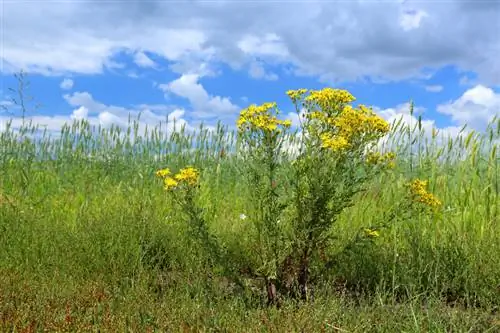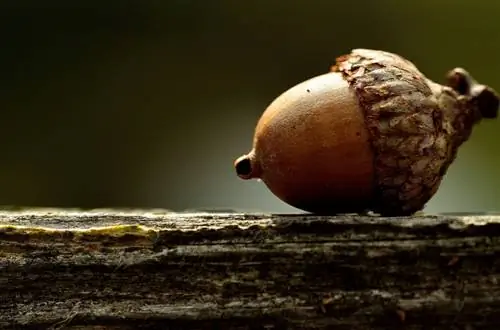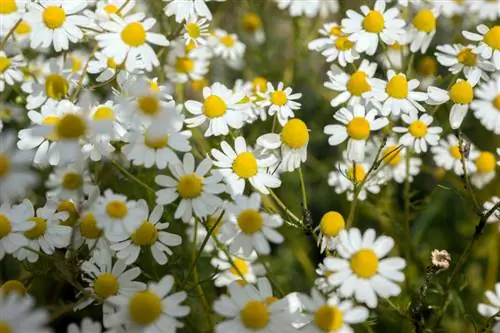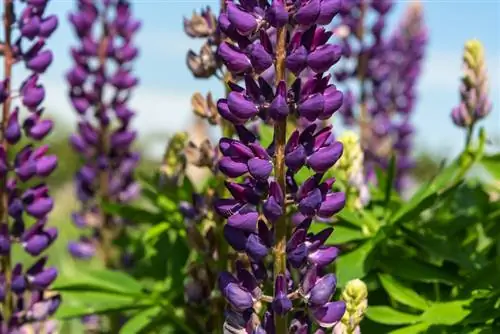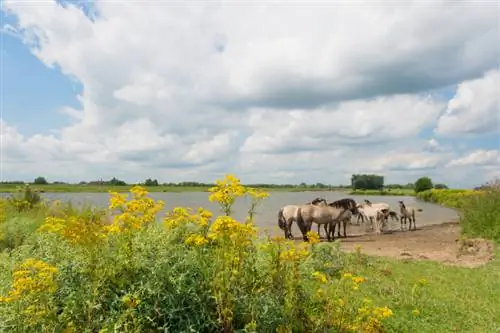- Author admin [email protected].
- Public 2023-12-16 16:46.
- Last modified 2025-01-23 11:20.
Senecio (Senecio) is a genus of plants from the daisy family (Asteraceae) that includes around 1,000 different species. The yellow-flowering ragwort (Senecio jacobaea) and the common groundsel (Senecio vulgaris) are particularly widespread here. Grazing animals are primarily at risk, but humans are also often affected via the food chain and dangers caused by confusion with edible plants. In many cases, poisoning leads to liver failure and thus death.
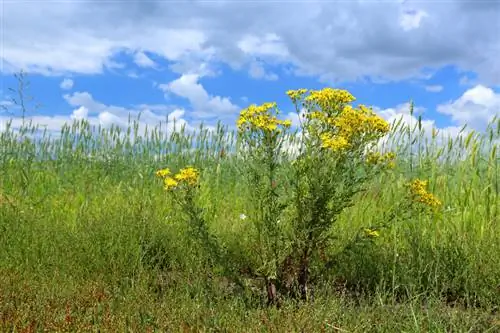
Why is ragwort poisonous?
Ragwort is poisonous because it contains highly toxic pyrrolizidine alkaloids, which are liver-damaging and carcinogenic. Poisoning can lead to liver failure and death. The toxins are found in eggs, honey, milk and herbal teas.
ragwort contains highly toxic pyrrolizidine alkaloids
All ragworts contain highly toxic pyrrolizidine alkaloids, which are both liver-damaging and carcinogenic. Particularly high levels of the poison can be found in the flowers and in young plants. The alkaloids do not have a direct toxic effect, but only develop their toxic effects through conversion in the liver with the help of enzymes. The dangerous toxins have already been detected in eggs, honey, milk and various herbal teas (especially chamomile tea).
Danger to grazing animals
The ragwort tastes bitter and is therefore not liked to be eaten, but only as long as it has not been dried. Dried groundsel - for example in hay - loses its warning bitter substances, but not its toxicity. In addition, slow poisoning cannot be ruled out, since the alkaloids in question gradually accumulate in the liver and can ultimately lead to death. Poisoning can therefore become apparent even after several months.
Danger to humans
Jacob's ragwort is particularly dangerous for humans because of its high risk of being confused with edible plants. The feathery leaves are very similar to rocket, but the medicinal St. John's wort also looks not unlike the poisonous plant. Caution is particularly advised when it comes to wild herbs, wild salads and leafy vegetables you have collected yourself, as even small amounts can have serious consequences.
Tip
Caution is also advised with comfrey (symphytum), which also contains large amounts of pyrrolizidine alkaloids and is therefore highly toxic to humans and animals.

